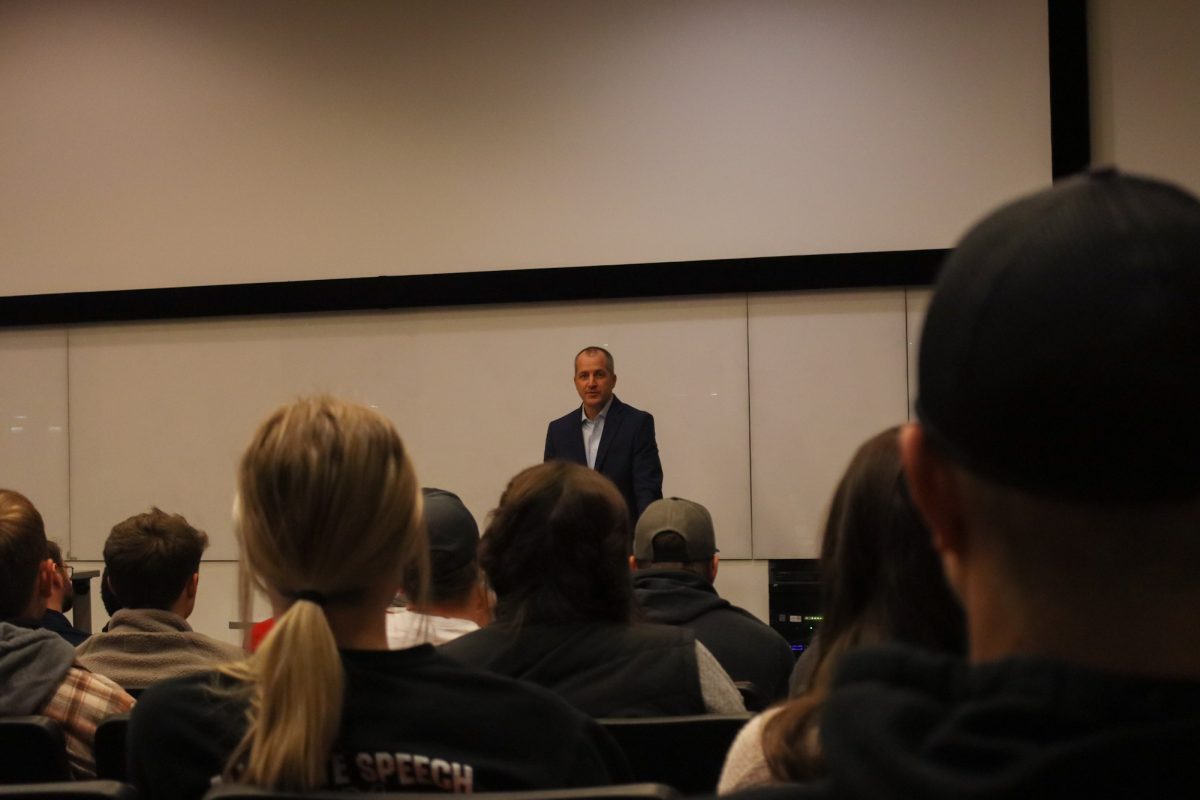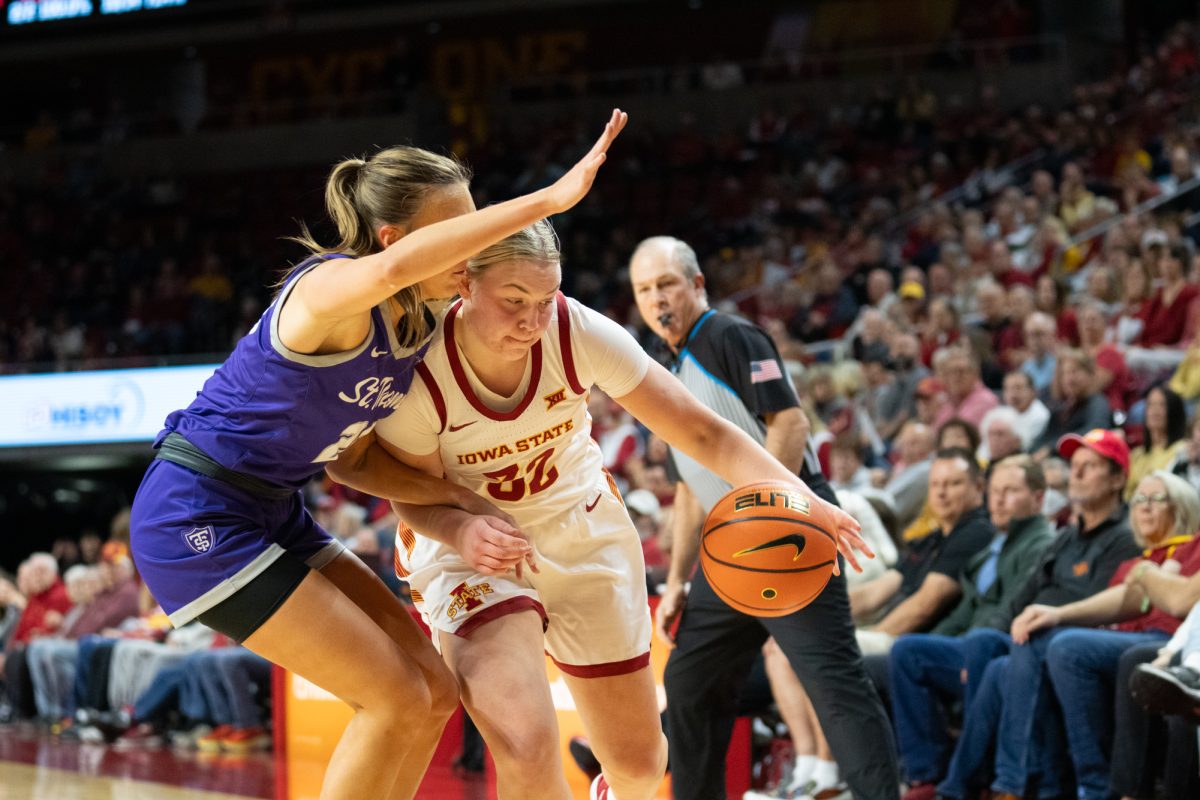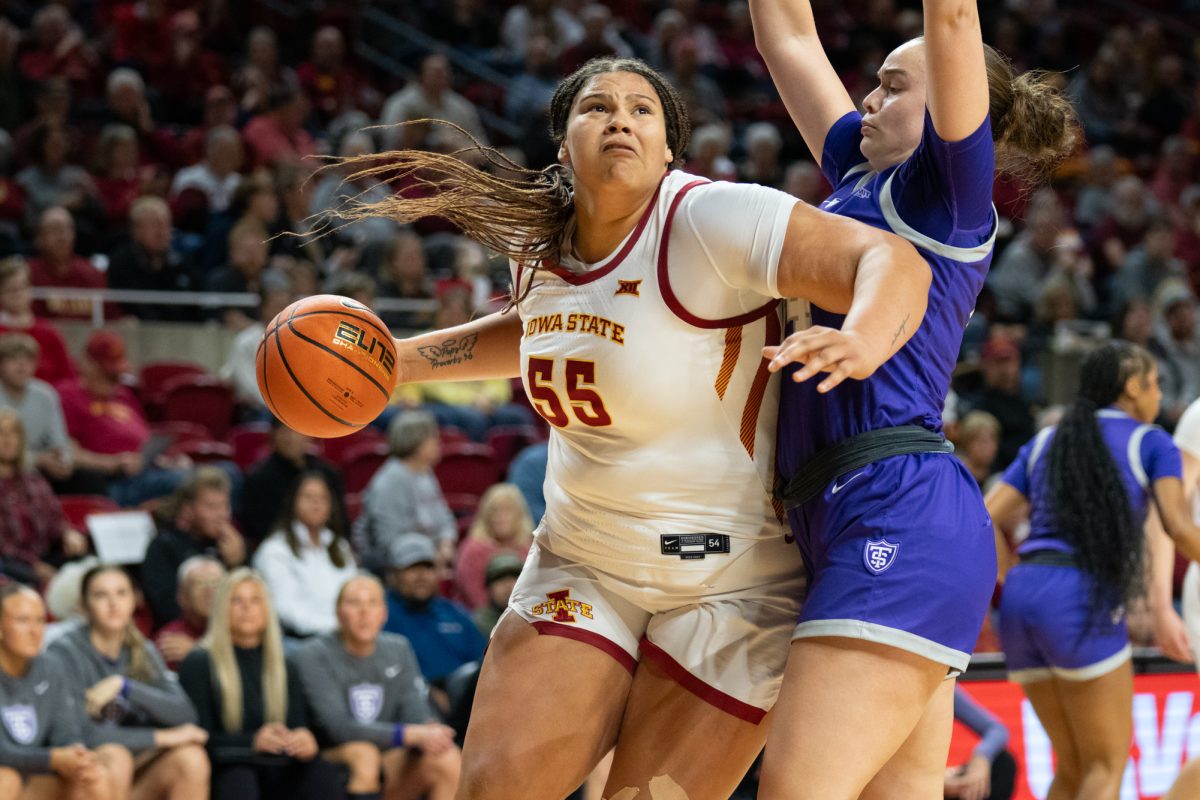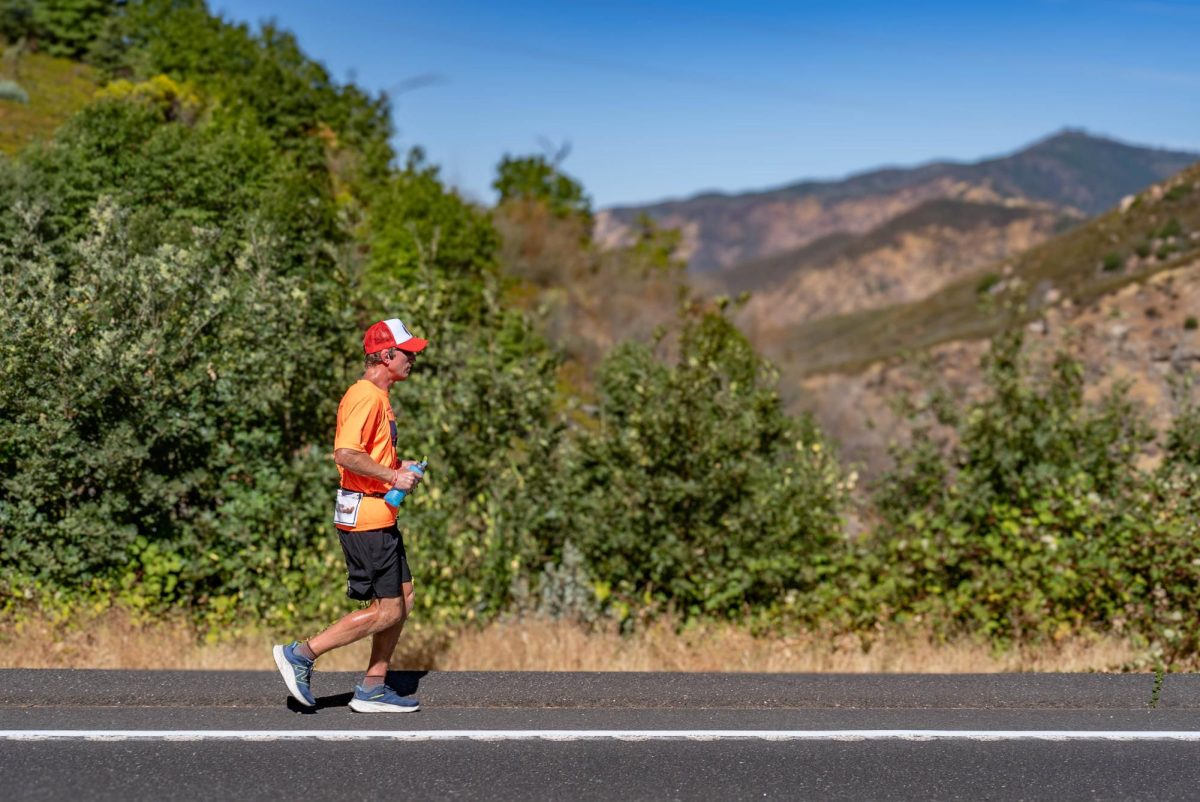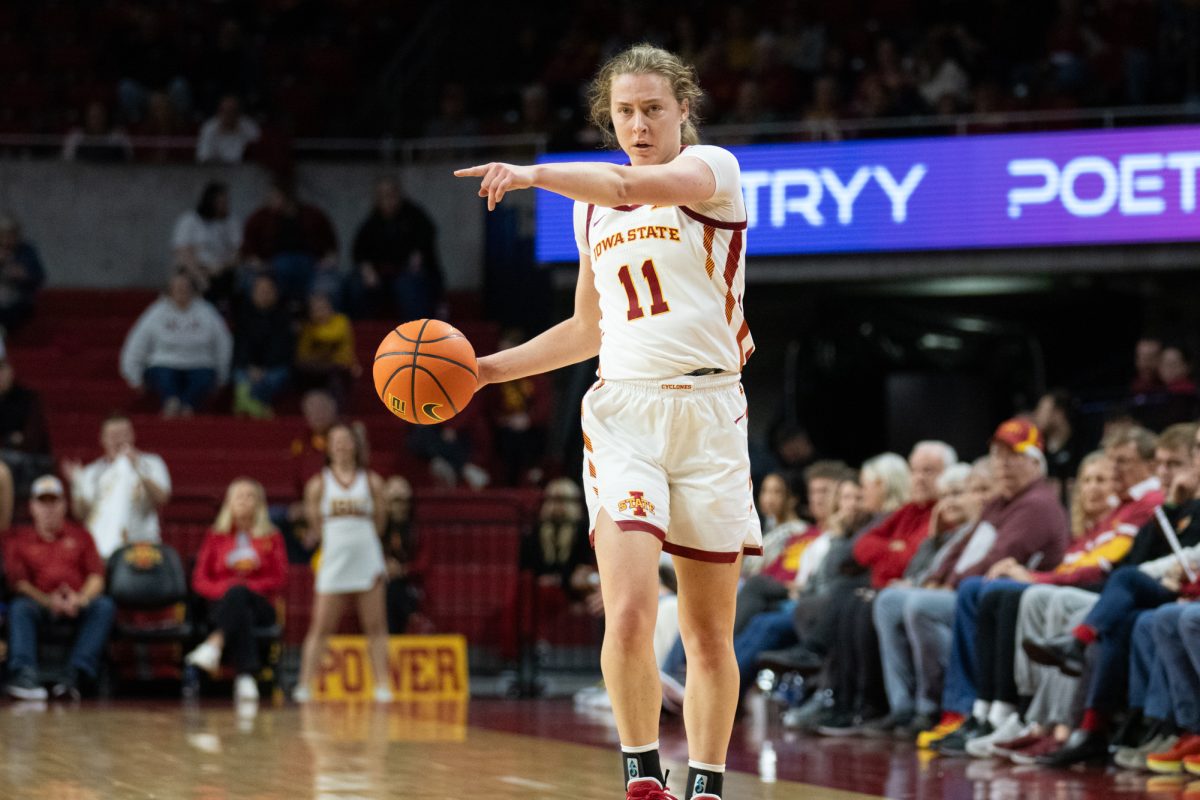Professor to conduct space-based experiments without leaving his desk
June 10, 1996
An Iowa State University professor soon will be discussing metal processing and zero-gravity conditions with astronauts in space while sitting at his desk at ISU.
Dr. Rohit Trivedi, a senior metallurgist at the U.S. Department of Energy Ames Laboratory and a distinguished professor of materials science and engineering at Iowa State, was awarded two grants totaling $1.2 million from NASA this year.
Trivedi, in conjunction with Dr. Surendra Tewari at Cleveland State University and Dr. Alain Karma at Northeastern University, received $1.2 million from NASA’s Microgravity Science and Applications Division to perform experiments dealing with materials processing under low-gravity conditions. The grants extend for four years and will involve ground-based and space-based experiments.
Trivedi, who has been at ISU for 31 years, is interested in the physics involved in the construction of materials. When metals are heated and cooled, their structure changes. Being able to predict these changes can improve the manufacture of some materials, Trivedi said.
The end result of the research will have applications to casting and welding of metals, where heated metals are cooled, essentially frozen, to form crystalline structures. In electronics, the properties of materials are determined by their crystalline structure, and similar principles apply in ceramics and glass manufacturing, Trivedi said.
“When you freeze metals, like any freezing, you get very different structures,” Trivedi said. “One simple example is a snowflake. Depending on the condition under which you freeze water, you get different shapes and sizes of snowflakes in different patterns.”
Trivedi said they are looking specifically at metals, but the same thing occurs in many different materials. He said that as they learn from one area, they can apply their new-found knowledge to others.
After the ground-based experiments are performed by Trivedi and his colleagues, astronauts will conduct similar experiments in space.
“It’s kind of nice,” Trivedi said. “When the astronaut actually does the experiment in space, they have an output that [enables them] to send it directly to my computer here.”
Trivedi said the astronauts will tell him what is happening to the system, report data results and they will inform him if he should go ahead with the experiment based on the present conditions.
“I can actually control the experiments right from my office here,” Trivedi said. “NASA is very excited about that. Many times you can actually watch the experiment as it is being done.”
These experiments will also allow Trivedi and other scientists to make better computer models that can be used in manufacturing of materials. The reason for the space-based experiments is to get rid of the effects of gravity, which can cause inaccuracies in the computer models.
Trivedi said they are trying to determine why specific patterns occur. He said when experiments are done on the ground, the patterns are very difficult to see because convection that occurs due to gravitational forces changes them.
However, Trivedi said, if experiments are done in space where there is no convection, then an actual model can be formed and the scientists will be able to see why material forms in a specific manner and what basic principles control it.
“These experiments will give us the real physics that we can actually put in the computer models. We want to make a very realistic model so we can process materials with confidence,” he said.


